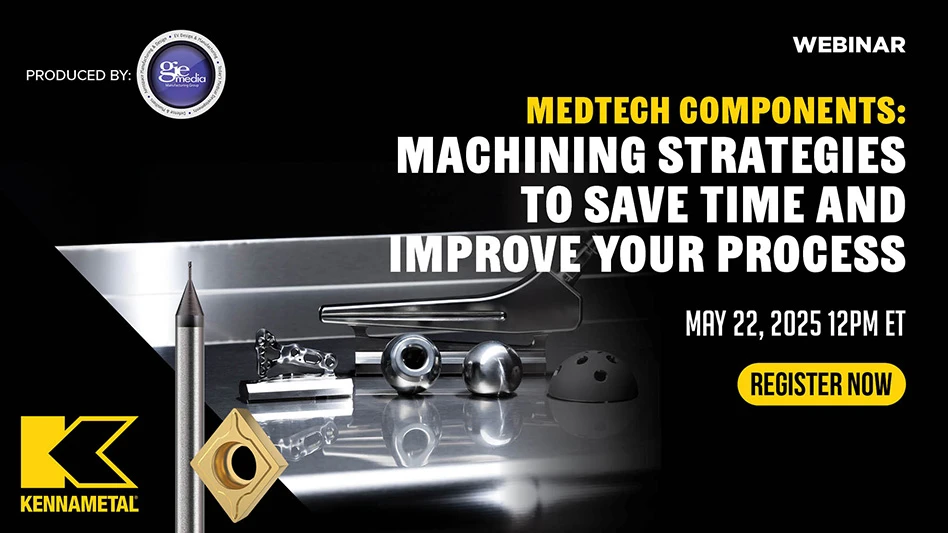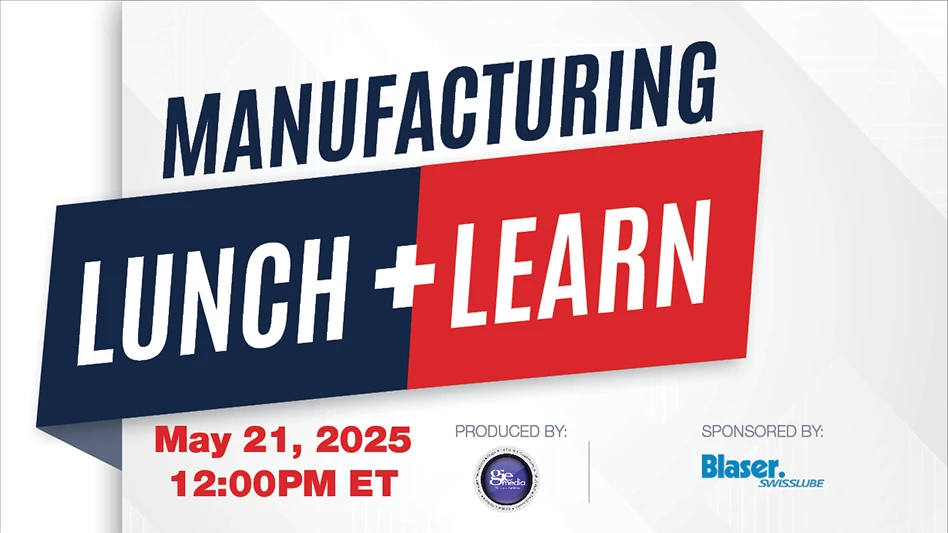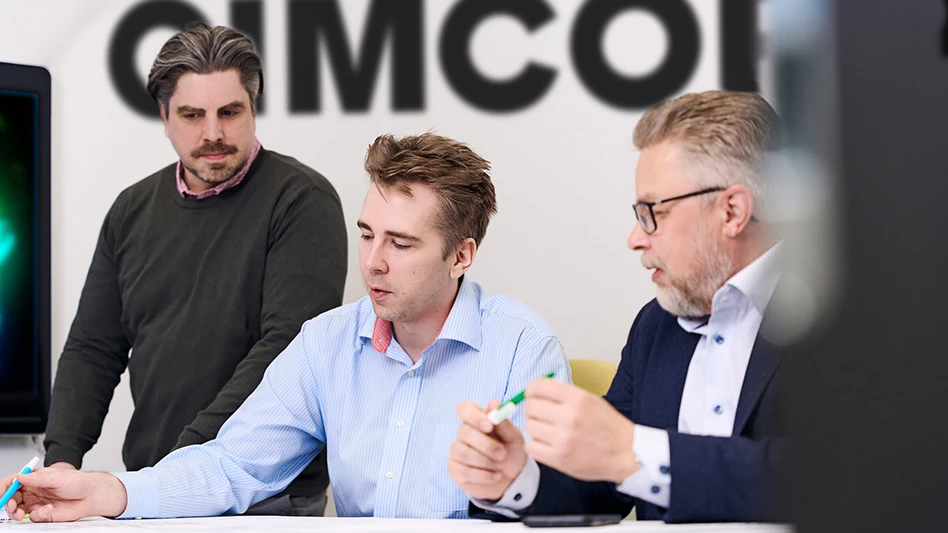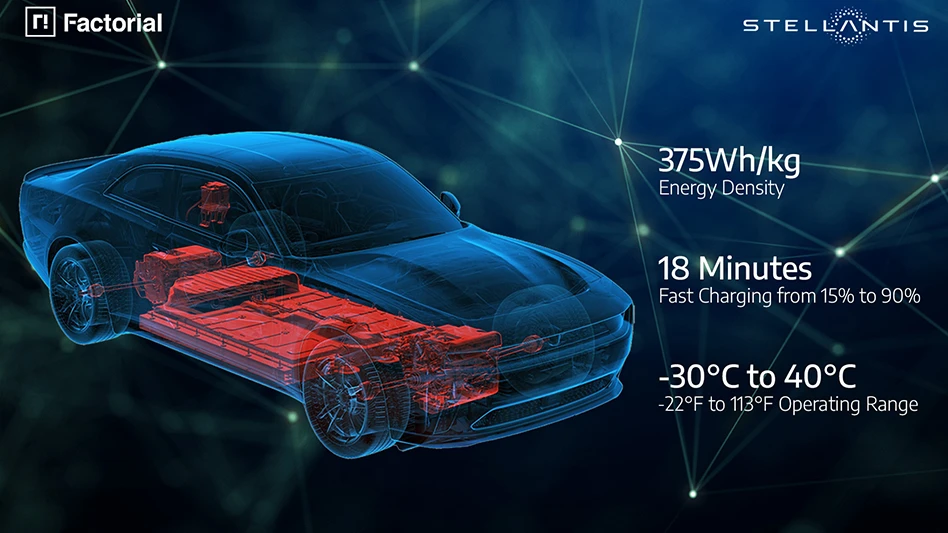
One of the greatest surface measurement challenges in the auto industry is that many component areas are difficult to access. Parts that are not easily accessible by standard tools require either customization or fixturing for analysis. In addition, vibration can impact the final result and add complexity to surface finish measurement.
Compounding these factors is the need to conduct measurements during manufacturing. Ideally, auto manufacturers want to measure a part in-line while it is being made instead of stopping the process to bring the part into an area for analysis.
However, more electrified powertrains and increased use of adhesives to join dissimilar metals add to surface measurement complexity. Electric vehicles (EVs) and autonomous vehicles (AVs) face unique surface finish measurement challenges. Battery cell charging components and electric motors have smaller gears and components than gas vehicles, all with critical features that affect the overall functionality, protection, and safety of the vehicle.
In auto parts with mating components that require sealants, any leakage can lead to engine or battery failure. That’s why every part has a specific surface finish requirement, whether for oil retention, adhesion, paint, or other purpose. Parts are either rough for a purpose, or smooth for a reason. But no matter which, there’s an important underlying reason that must be supported by high-level measurement and surface finishing processes.
Measurement changes

While surface finish measurement standards and parameters have remained almost the same throughout the years, measurement processes and machines used to capture data have evolved. Based on rising demand, we’re seeing an increase in the number of non-contact machines being used to perform surface finish measurements within the auto industry. However, greater upfront cost associated with a non-contact machine continues to slow adoption and investment in the technology. Another barrier is the small measuring envelope, as well as the ability to place the part onto the work stage of the non-contact machine.
Additive manufacturing
Additively manufactured (AM) materials come with inherent manufacturing and design challenges, and they require a substantial amount of post-processing for surface finish. One example, AM metals can be rough or abrasive, taking away some of the advantages 3D printing brings to products.
So, while 3D printing technology continues to improve, it’s still too coarse for many advanced surface finish measuring instruments. Even for adhesives and joint measurement, the finish must be smooth enough for instruments to check, and be flat or have minimal form to not end up out of range for instrument capabilities. Technology will continue to advance, however, and will likely reach a stage where 3D printing and the use of AM metals produces a finish equal to what’s currently manufactured with a lathe, mill, or machining center.

Measurement equipment
Given that every part has specific purposes and requirements, it’s important to select the right surface measurement equipment. Components for gas-powered vehicles – engines, transmissions, cylinder heads, and pistons – include several moving parts that must retain coolant and oil. Parts that need to retain fluid must have a low failure rate, which requires surface measurement of waviness.
To correctly measure waviness, a skidless detector, which can measure roughness and waviness, should be used. Components with surface specifications for appearance, wear resistance, load resistance, or paint adherence can be measured using a skidded instrument. However, skidded detectors have nose pieces that only allow them to traverse flat surfaces, and they can only measure roughness.
CMMs for surface finish
A coordinate measuring machine (CMM) has a large envelope per measurement, can support three or more axes, and can use an added surface roughness probe. However, there are two major drawbacks.
Adding a surface roughness probe is expensive, and current probe technology is skidded, limiting users to flat surface measurement for roughness only. So, while the versatility and articulation capability of CMM probes provide greater access to hard-to-reach areas, measurement accuracy is lacking compared to dedicated surface roughness measuring instruments. Also, users must add surface roughness measuring analysis software to process the measurement data.
Second, the non-contact measurement approaches require specific lighting to measure surface roughness, which can be challenging when working with reflective surfaces. Repeatability and accuracy can suffer when measuring these surfaces, and the measuring area is very small compared to the range of a dedicated contact stylus method machine.
Future needs
Auto industry measurement will likely trend toward non-contact measurement. It’ll likely be done more quickly and efficiently via an inline process incorporated into one area. External factors including vibration, lighting, mist in the air, and dust particles will have to be accounted for, but technology is evolving to solve for these variables.
The real impact will be where auto components are manufactured. Manufacturers will look to gain efficiencies by creating and measuring parts in process, rather than transporting parts from manufacturing to a separate lab for measurement.
This will be particularly enticing given that auto parts will likely become smaller as more EVs hit the market, since EVs contain approximately 60% fewer overall components than gas-powered vehicles and EV parts themselves are small. The result will be fewer areas of overall measurement required.
Mitutoyo America Corp. https://www.mitutoyo.com
Latest from EV Design & Manufacturing
- Wallbox, Francis Energy set sights on developing national fast-charging network
- Compensation tool developed for drilling, countersinking uneven surfaces
- Horse Powertrain reveals Future Hybrid Concept for electric vehicle conversion
- Insulated battery tools drive safer electric vehicle manufacturing
- Ford announces brand new electric vehicle battery chemistry
- High voltage distribution units now on in-production vehicles
- #59 - Manufacturing Matters: Additive manufacturing trends, innovations
- ReVolt Motors’ extended-range electric truck developed for commercial, industrial fleets





